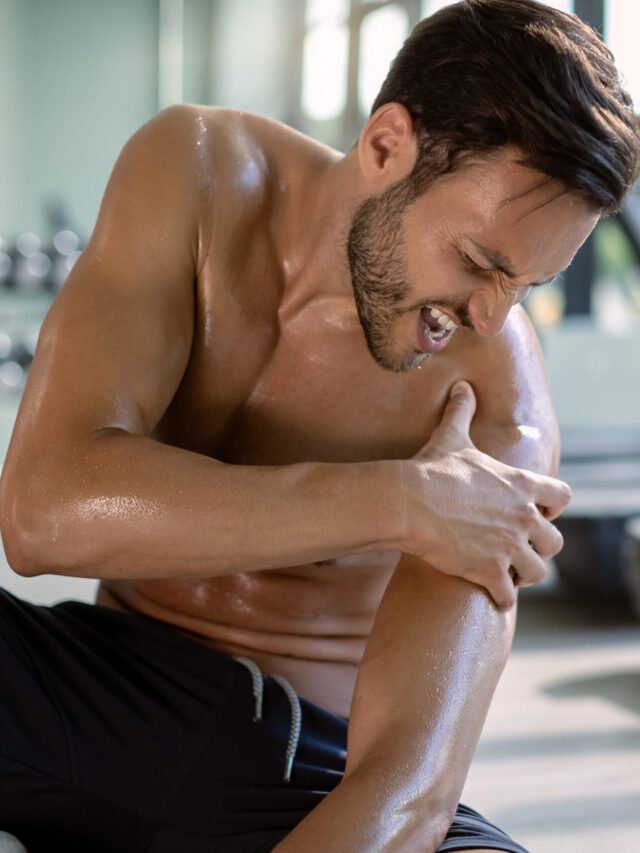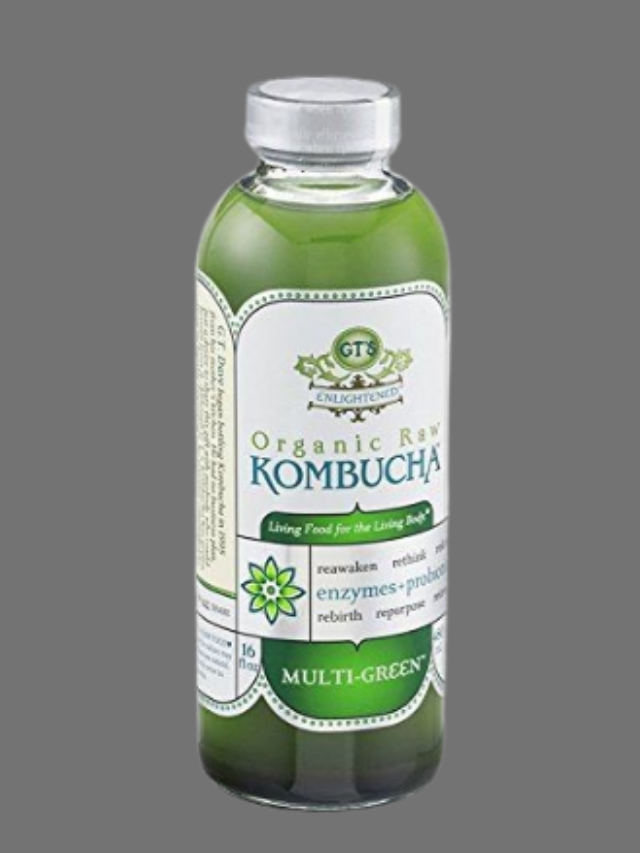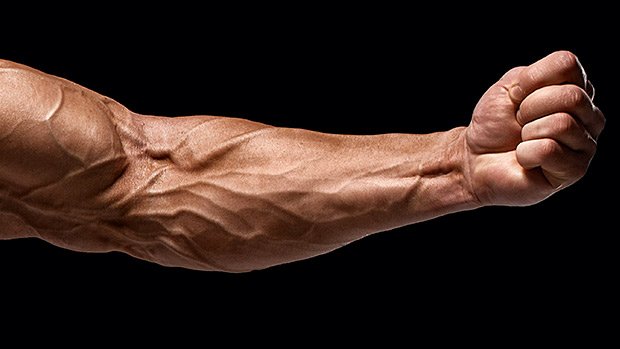
The forearms are highly visible muscles; they are one of the few muscles that are always exposed when wearing a short sleeve shirt. From a general perspective, they are a symbol of strength, beauty, and deserve to be paid special attention to. Your forearms can become a more solid symbol of strength using our exclusive guide on ‘How to Get Bigger Forearms’ . Although, for the rapid growth of the forearms, one must choose exercises that give an optimal understanding of muscle fibers.
Many people at the gym also make the mistake of only doing compound exercises including pull-ups, barbell rows, etc., thinking those are more than enough to get their forearms to develop. However, as with any other muscle group, your forearms need some specific, direct work. And it’s not about some minimal work: it’s a whole lot.
The strength and conditioning of the forearms are crucial to general functional fitness as they are involved in multiple factors of physical well-being. Grip strength is incredibly vital to functionality, and the muscles in the forearm, the flexors and extensors, engage in it. A strong grip is essential for many exercises including deadlifts, pull-ups, rows, and various forms of weight lifting . Boosting grip strength improves performance and reduces the likelihood of inadvertently losing a grip on weights during training.
Forearm training is a crucial component of overall muscle balance in one’s body. It is inevitable that lacking emphasis on training the forearms shall lead one to be increasingly prone to various imbalances. Poorly trained forearms shall thereby play a negative role in one’s general posture and increase the risks of injuries. You will achieve greater musculature symmetry by incorporating training specifically designed for the forearms in your normal fitness activities.
In order to completely understand the complexity of this muscle group, the role of larger forearms , and the best exercises to grow this body part, analyze it in detail and get to find out how to grow forearms fair description forearms.
‘
Forearm Anatomy:
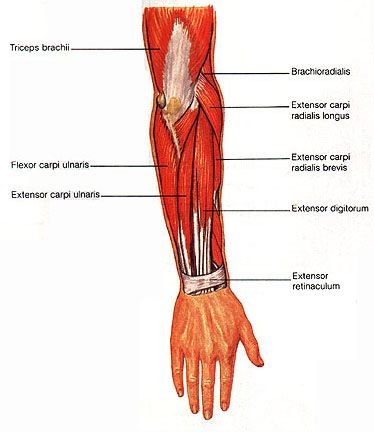
Made up of two bones, the radius and ulna, the forearm is also divided into two compartments, namely the anterior or flexor and the posterior or extensor compartment. Whereas certain muscles, for example, the Flexor Digitorum Profundus and Flexor Digitorum Superficialis are responsible for the flexion of the fingers and the wrist, located in the flexor compartment, a range of muscles, for instance, the Brachioradialis and Extensor Digitorum serve to extend the elbow and the wrist.
Radial and ulnar arteries feed the forearm with vital blood, while the radial, ulnar, and median nerves provide necessary motor functions to the area. Developed forearms make a person look incredibly strong and overall aesthetic.
How to get Bigger Forearms
Effective Exercises for Forearms:

Wrist Curls:
Sit down or stand and take a dumbbell for this exercise. Hold it with your arm and lift your wrist smoothly down and then up again towards your body. This exercise will help strengthen the muscles that move the wrist to become more flexible.
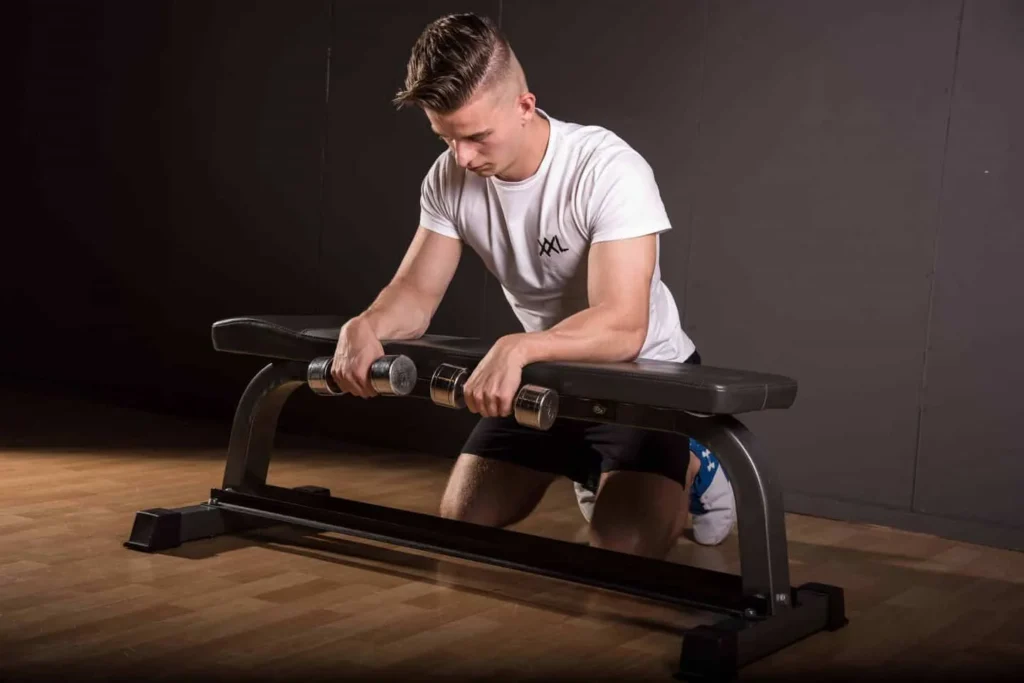
Reverse Wrist Curls:
The arrangement is alike, except for the palm orientation which is facing downwards. Elevate the weight by stretching your wrist upwards and then bring it down again.
The primary emphasis is on the muscles that play a vital role in wrist extension, which is essential for maintaining stability.

Hammer Curls:
While doing hammer curls, the dumbbells are held using a neutral grip, that is, the palms are facing each other, after which they are curled upwards, and it is important to observe the proximity of the elbows to the body. As a result, the brachialis and brachioradialis muscles work, which makes the forearm well proportioned.
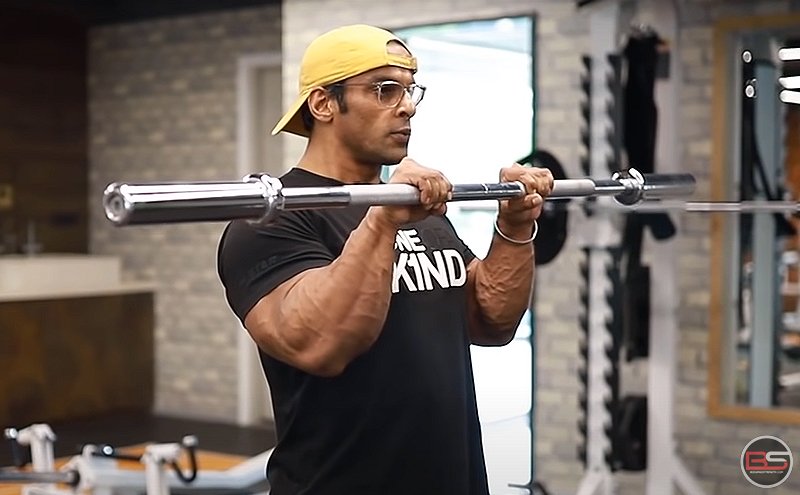
Reverse Grip Barbell Curls:
Grip the barbell with firm hands and ensure your palms are facing down before lifting the weight up with a focus on the brachioradialis muscle again . Importance: it emphasizes the role of the brachioradialis muscle in thicker forearms development.
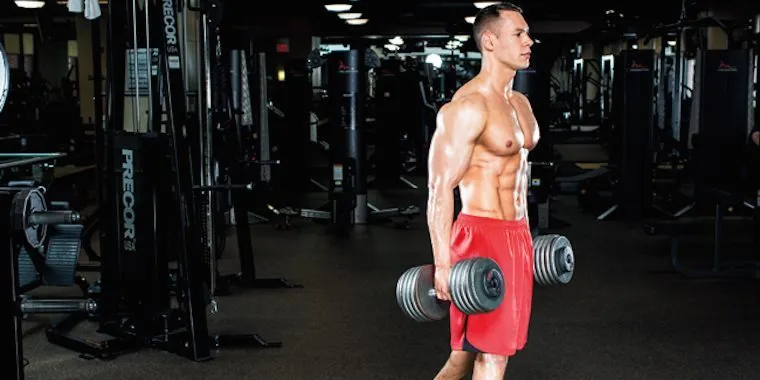
Farmer’s Walk:
Carry a heavy dumbbell in each hand and walk set distance or duration with an upright posture. Importance: Increase grip strength, enhance the forearm’s endurance, and improve stability generally.

Plate Pinch:
Hold two weight plates pinch between your hands with the plates pressing against the tips of your fingers as best you can. Increase pinch gripping power and incorporate the finger flexors.

Forearm Plank:
Strive to maintain a straight line from your head to your heels through your forearms, body, and toes . Develop isometric strength in your shoulders, core, and forearms.
Underpinning this all is the principle of muscle growth, which is properly referred to as progressive overload. This means that by making your forearms deal with heavier weights, more repetitions, or greater intensity, you can truly test your forearms and make them get big forearms.
Balanced Nutrition for Growth:
Proper nutrition is a huge part of ensuring muscle growth. To support this physiological process, you must continue with full availability of the nutrients it demands.
- Proteins: Found in lean meats, fish, eggs, and legumes.
- Healthy Fats: Avocados, nuts, and olive oil contribute to overall health.
- Vitamins and Minerals: Support muscle function and recovery.
Frequently Asked Questions
Why is grip strength important in fitness?
Grip strength is critical in the fitness sense. It further complements the additional physical activity performance in exercises like deadlifts, pull-ups, and rows. Furthermore, it prevents one from dropping the, weights while lifting. The grip also keeps the body with the supremacy while doing a wide variety of activities.
How do strong forearms contribute to injury prevention?
Besides, strong forearms are essential for maintaining joint stability , thus reducing the probability of the above-discussed injuries in the elbows, wrists, and hands. Therefore, engaging in the appropriate forearm-directed exercises can serve as efficacious preventative measures against developing issues such as tennis elbow and carpal tunnel syndrome .
How do forearms contribute to overall muscle balance and symmetry?
Failure to strengthen the forearms can lead to imbalances, which can affect posture, thus also contributing to the likelihood of experiencing various damage. As a result, incorporating exercises directed at the forearms can help ensure an even, balanced body and make a substantial contribution to one’s attractiveness and functionality.
How often should one train forearms?
The regularity with which one should perform the forearm training also depends on their goals and how often they do the workout. As a rule, 1-3 times a week is enough for most people, but they need to take breaks for recovery.






